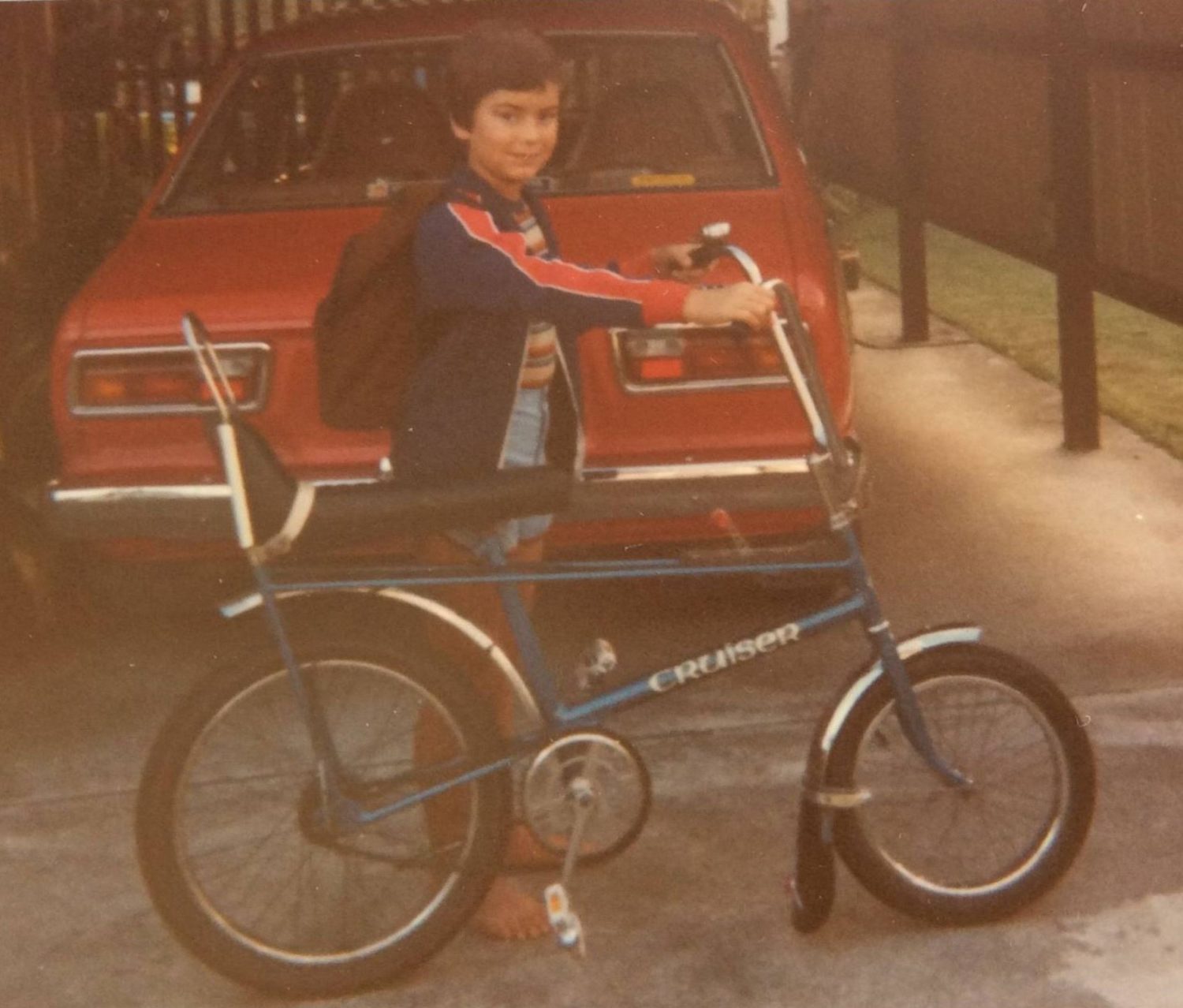Motoring journalists, as a group, tend to be a slightly self-important bunch of people.
Well, I say “people” but “cynical, middle-aged males” is actually a far more accurate description. That’s is not to say women and young folk aren’t represented, it’s just that that particular demographic is, shall we say, slightly over-represented among the ranks of motoring writers.
This is probably because the “male” part of the equation simply produces more car nerds. Women, generally, have better things to do. The “middle-aged” part happens because, once we get this job we will do anything to hang on to it and the “cynical” part just happens…
The self-importance usually develops along side the cynicism after years of doing anything to hang on to this job we love so much, as well as a tendency to try and pretend that writing about cars is like actual, real journalism.
Your typical car launch, largely populated by us cynical middle-aged male car nerds, usually goes something like this – it starts off with some standing around making small talk and drinking coffee while waiting for the inevitable person who is running late to turn up, then some sitting around listening to technical and marketing presentations (which can sometimes take hours, by the way…), then the traditional asking of questions, followed by driving, preferably lots of it.
This is often broken up my a nice meal or two (depending on how long the launch is going for), followed by even more driving, usually on public roads, occasionally on a race track, sometimes both.
And this is how we motoring journalists like it; access to company people who can answer any questions we have (like “when’s lunch?”) and lots of time behind the wheel.
There are two reasons for this – firstly, as much wheel time as possible gives us the most opportunity to get to grips with a car in a relatively short period.
Secondly, we love driving.
And it is because of that second bit that we cynical middle-aged car nerds tend to forget that not everyone feels the same way about cars and driving.
To many people cars are simply appliances, a means of getting from A to B. To some they are more important as a status symbol. To others they are a necessary evil, while some people simply aren’t interested in them at all, but those people are just plain weird.
Anyway, the realities of that strange and foreign world that doesn’t centre around driving cars and lunch were pressed home to me recently at an event held by Ford in Australia.
Lured by vague promises of “a race track” and “Mustangs” I eagerly agreed to attend. Lunch was taken for granted, of course.
As it turned out though, the event was not so much “doing skids in Mustangs on a race track” as it was “driving economically and tweeting about it”.
Now, let me explain. You see, for some time now car manufacturers have embraced the non-motoring specialist side of the media, with the vague entity called “lifestyle media” being a particular favourite.
The ascension of social media as a means of influence and advertising has not escaped the gaze of the car manufacturers, so lately we have been seeing a rise in the numbers of “social influencers” at car events. These are people with massive followings on social media, regardless of whether they deserve it or not, because that is how social media works.
Now most manufacturers tend to keep the social influencers and motoring journalists quite separate, holding different events and so on, which would seem to make sense, because while one group is more interested in performance figures, target demographics, equipment levels, prices and self-importantly pretending that writing about cars is actual real news reporting, the other is more interested in colours, selfies, how good they look in a particular car and lunch. Not that I can hold that last one against them.
While one group is sneering cynically at the real-world achievability of fuel economy claims, the other is busy tweeting those claims to millions of followers, so you can see why the manufacturers value the influencers…
But some of Ford’s recent events have thrown the two together. And it has been interesting to see what people who aren’t obsessed with cars actually think about cars.
The event was intended to show off the power and fuel efficiency of the company’s EcoBoost range of engines, with the Mondeo, Focus and the 2.3-litre four-cylinder Mustang all on hand for a road drive, followed by “activities” at the Sydney International Dragway. Cynical, middle-aged male car nerds cringe at mention of the word “activities”…
Following a round of selfies and some confusion from one of the influencers about where the handbrake was on the Mustang (it’s the big lever in the middle of the car), we were away and heading to the drag strip.
Here we would get tips on efficient driving from some people who hold lots of records for using very little fuel and then do some fuel efficient driving of our own.
Now, while a cynical middle-aged male car-nerd motoring journalist may sneer at all of this as something we have done a million times before, that the figures that Ford’s EcoBoost engines achieve are okay, but aren’t actually all that startling compared with every one else’s and that there seems to be far too much standing around that could be devoted to valuable driving time (or lunch), the lifestylers and influencers were transfixed.
This was something new and fascinating to them. They hadn’t thought about any of it before and there we’re some true revelations for them during the day.
Generally they went away from the event having learned a lot about the cars, about how to drive more economically and, hopefully, a bit more in love with cars than they had started the day.
And all cynicism aside, that is a really cool thing.




